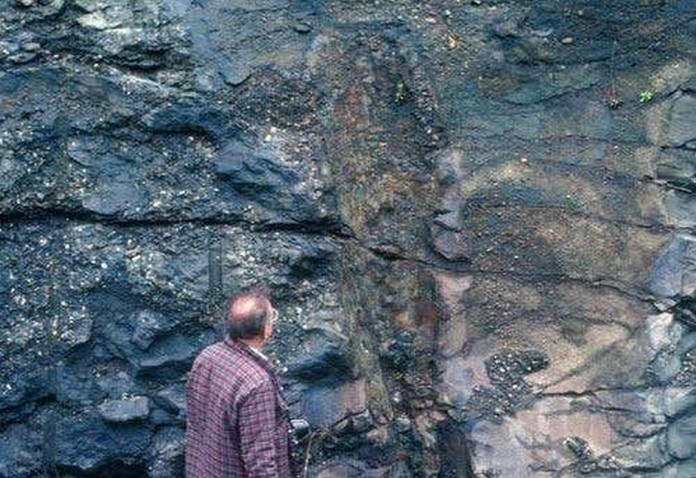
Posted on 04/28/2023 1:03:10 PM PDT by nickcarraway
Cast a net back 450 million years ago to the Ordovician Era, and you wouldn’t capture anything more than the ancestors of millipedes and worms.
However, you might notice tall 29-feet-tall (8 meters) trunks without branches or leaves, towering over a landscape of newly-evolved vascular plants.
These trunks, which have been found as fossils all over the world, are now strongly believed to be mushrooms—giant fungal towers that mean the kingdom of fungi produced the first giant land organism.
The idea of a ‘fungal forest’ is one that’s often reproduced in fantasy and science-fiction writing. Mushrooms, for many, many reasons, are extremely attractive to the human eye and imagination. From Super Mario living in a mushroom-powered world at times, to the visual art in James Cameron’s Avatar, why have trees when you could have mushrooms?
In 2008, a large trunk-like fossil was uncovered in Saudi Arabia. Identified as a Prototaxite, it presented more evidence of the fact that these strange biological spires from the mists of evolutionary past are mushrooms. First found in 1843, Prototaxites have been called lichens, algae, trees, and even large mats of liverworts that had been rolled up before they were fossilized.
However, several key features have repeatedly brought scientists like C. Kevin Boyce, a geophysicist at the University of Chicago, who has published several papers on Prototaxites, back to the theory that they were fungi.
“A 6-meter-fungus doesn’t make any sense, but here’s the fossil,” he told New Scientist in 2007. “No matter what argument you put forth, people say it’s crazy.”
They are made up of narrow tube-like structures 20-50 microns in diameter that weave around one another, and filaments that are even thinner and have inner perforate walls—a trait found only in red algae and fungi.
Another aspect is their carbon content. Atmospheric CO2—carbon-12 and carbon-13 molecules—should be the same for all plants that live during the same period. Prototaxites is different in this regard; its carbon makeup is different compared to all other plants of the immediate stage in the Ordovician Era during which it lived.
Amazingly, even this far back, paleobotanists have been able to detect interactions with the giant fungal towers and their environment. Prototaxites mycelia, the thread-like root structures of a fungus, have been found invading the tissue of nearby vascular plants, and some of the spire fossils have been speckled with the bio-molecules often associated with the algae—suggesting it could have been subject to parasitism.
It’s amazing to imagine a world where fungus towered over a forest of moss, lichen, and the earliest plants, the whole landscape would seem quite miniaturized.


Sounds Smurfy


So Kevin is a real fungi.
Long Before Trees Overtook the Land, Our Planet Was Covered by Giant Mushrooms....DUDE!
Now it sounds like a real title.
The fungus among us were humongous.
Paging the expert.
But Gus the gardener’s gone now and you went with him too,
The fungus here reminds me of the fun Gus is having with you;
The rockery’s a mockery, with weeds it’s overgrown,
The fuchsia’s gone, I couldn’t face the fuchsia all alone
And my tears fell like raindrops from the sky above,
And poisoned all the flowers in my garden of love.
-Benny Hill

Dude! Shrooms!
You beat me to it. But was Princess Peach alive back then?
You look like a fungi...

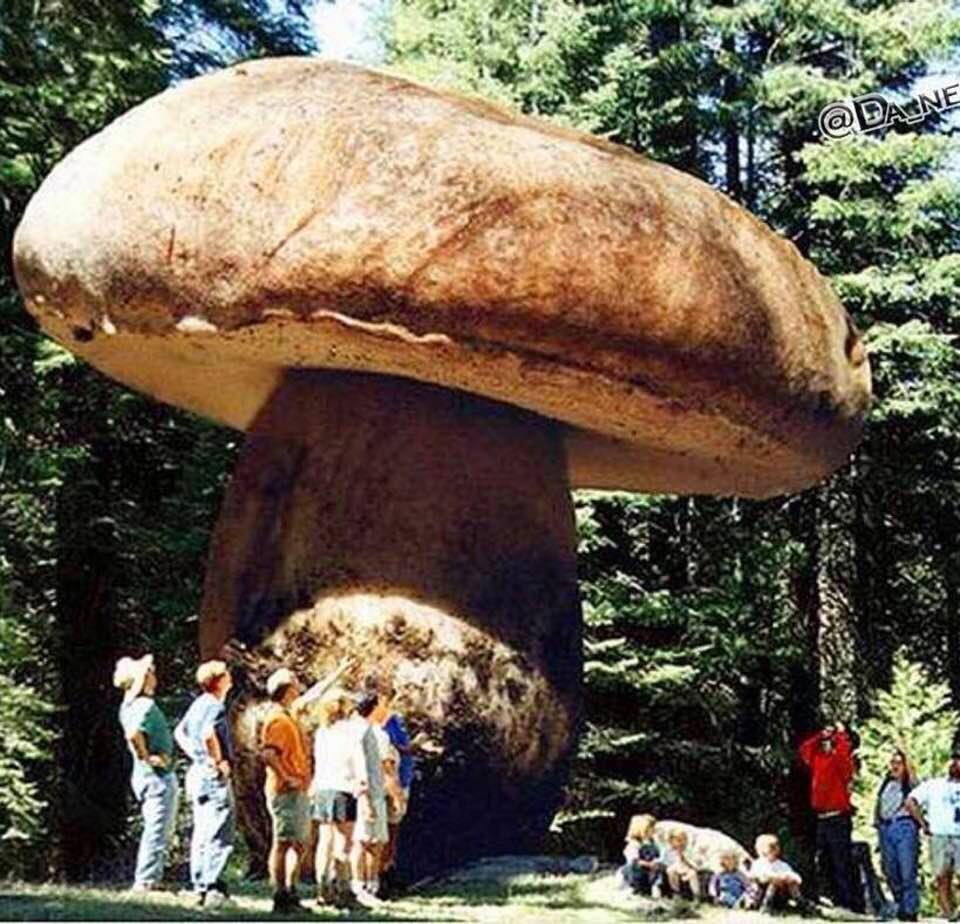

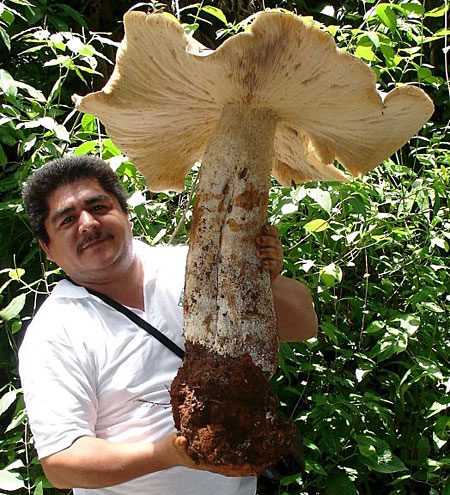
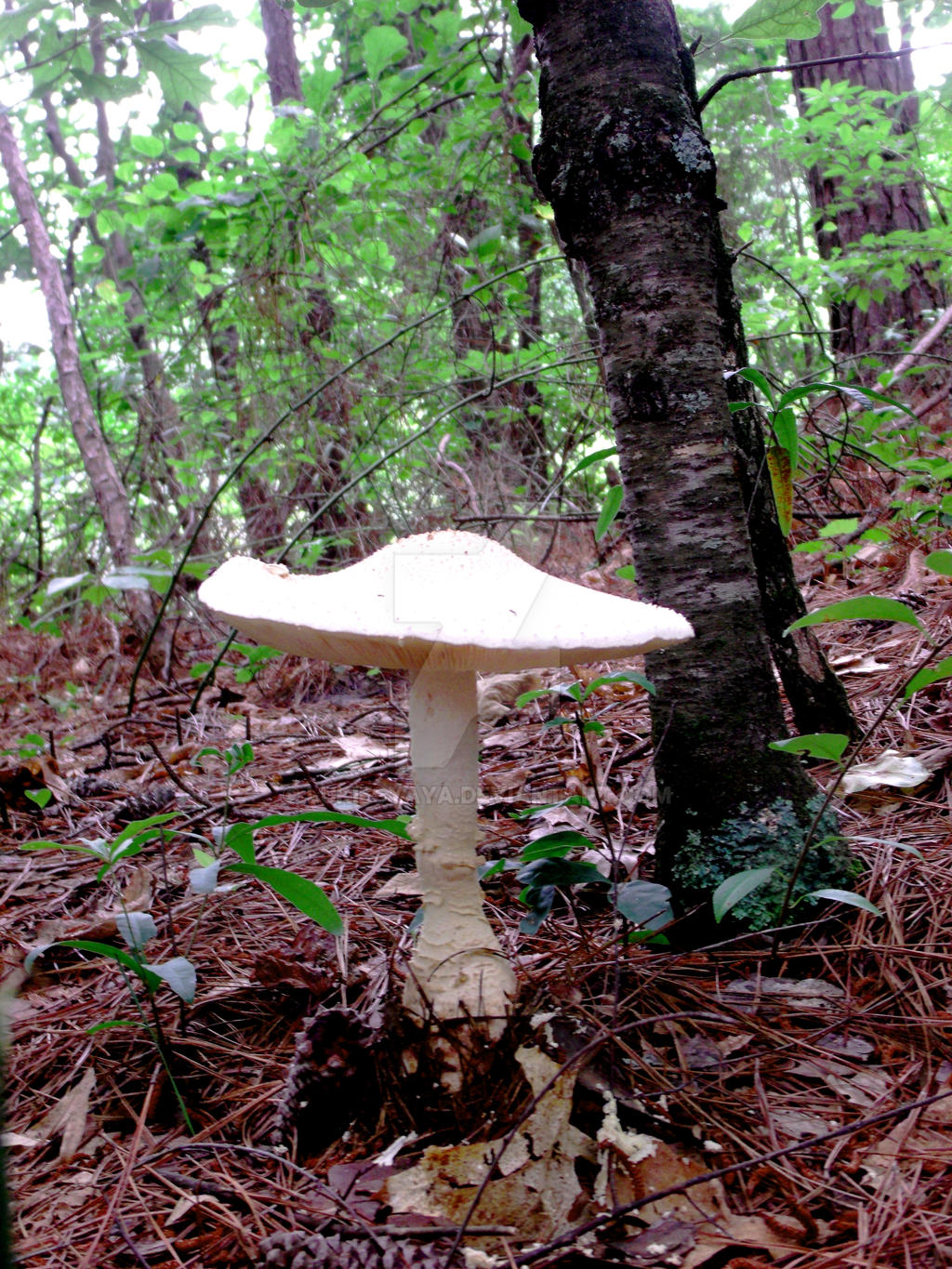
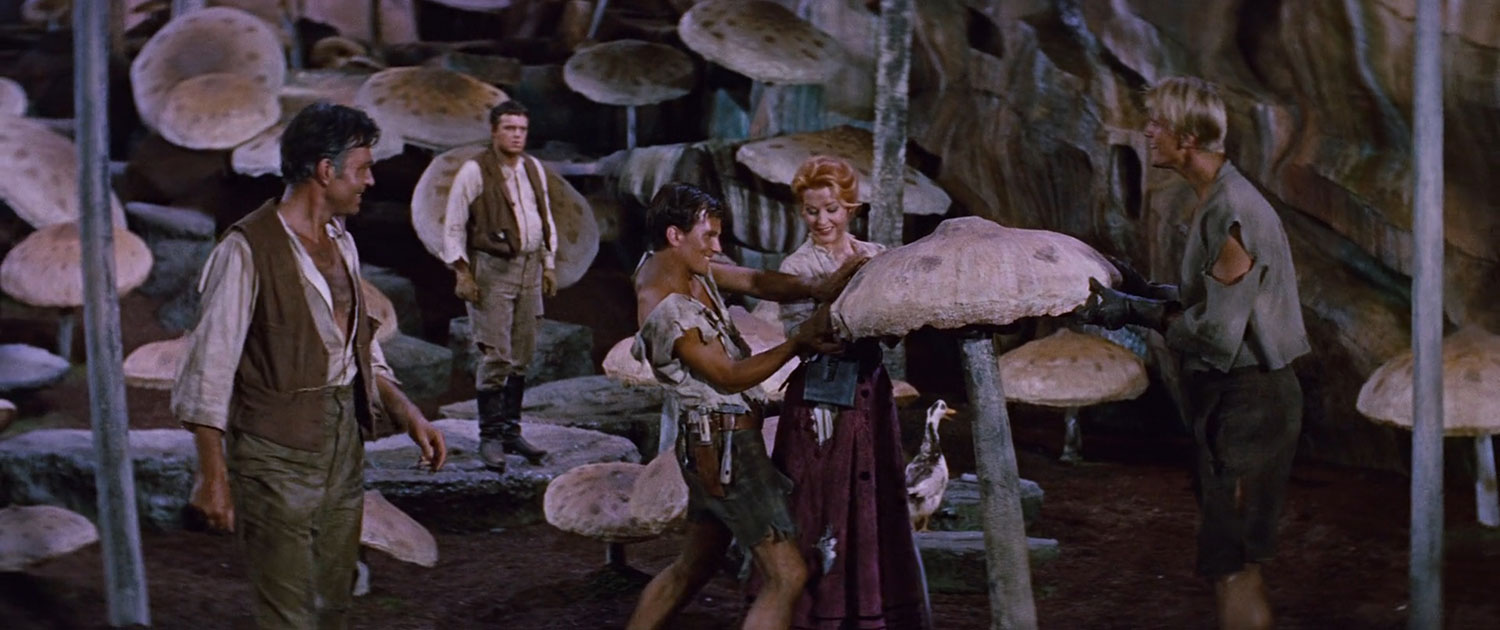

will make a comment shortly after I digest the article, as flimsy as it is.
The so called “discovery” is many years old, rehashed again. Despite the mushrooms in the picture, they have no way of knowing what they looked like. Mycelium is indeed different from other cells in size and complexity, something that was not covered. Where are the spores? All fungi reproduce through spores with spores from different groups having distinct characteristics. Basidiospores have an attachment peg, a cleft where they were attached to the basidium. Ascospores have no such feature. Asci have a detachable operculum, the opening where the ascospores emerge. But an operculum is also found in Oomycetes, on a sporangium or sporangiospore, where the zoospores emerge; zoospores also have flagella. These structures could have been anything, calling it a giant “mushroom’ is pure conjecture. The largest mushroom known today is only two feet in size (Macrocybe titans, https://sites.google.com/a/simplescience.info/www/biology/fungi). So where did these giant “mushrooms” go? Simple conjecture, nothing more.
May the void once again prove its nullness.
Two of the giant mushrooms survived they can be seen at the White House.
Disclaimer: Opinions posted on Free Republic are those of the individual posters and do not necessarily represent the opinion of Free Republic or its management. All materials posted herein are protected by copyright law and the exemption for fair use of copyrighted works.